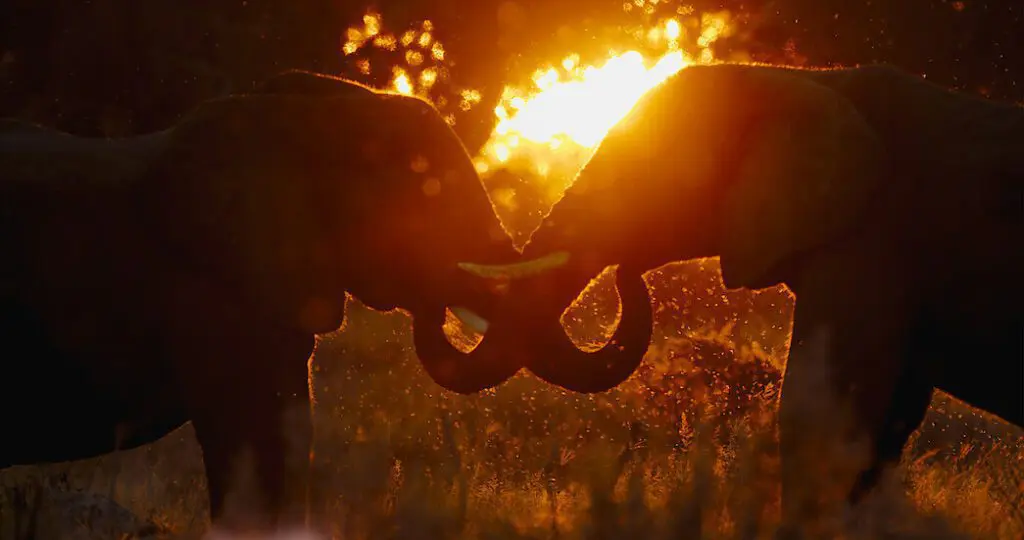Summary
A gripping documentary about nature, its wild habitats, and their interrelationship, with various themes of family, togetherness, and the effects of climate change, it successfully draws our attention towards the impassible places of our ecosystem.
Netflix documentary film Surviving Paradise: A Family Tale was released on the streaming service on March 4, 2022.
Climate change is one of the important issues of the 21st century. A much debated and polarized opined phenomenon is the reason for the extremities on our beloved planet. The effects of exploiting mother nature years after years cause drastic consequences in the present world. While the humans are complaining about these harsh consequences (caused by their own) and still manage to argue about its cause and further measures sitting in their comfy air-conditioned drawing rooms without a single struggle with the open calamities, the animals out in the open try to adapt to these adverse conditions by applying the most important rule of living — being together. Netflix’s new wildlife documentary Surviving Paradise: A Family Tale is a story of these underdeveloped species than humans (savages), who try to fill the gaps in this disequilibrium of nature by playing their roles in the ecosystem.
Based on the habitat of the Okavango Delta, which lies at the very heart of the Kalahari Desert, the documentary deals with the interconnectivity of different species, survival in extremities, and most importantly, having each other. Every species living here has some role to play — both for each other and nature. The families are closely woven with a sense of responsibility from the elder to the young ones. Elders try their best to provide for the young ones in every hardship situation.
The spirit of motherhood is prevalent here as this love and care are often shown from the side of females. Whether it be the elephants, lionesses, or painted wolves (three species that the documentary discusses in detail), the mothers’ love, care, and fight are at the forefront. On the symbolic scale, there is also the love and care of mother nature, whose provisions help these species to thrive. It is like an equilibrium reaction, where co-existence is key to thriving.
In the era of climate change, this equilibrium of nature with its inhabitants is disrupting. So, the bonding between them has to be tight, in every family, in every tribe to survive. And these animals are doing exactly like that. In sun, in rain, in any situation, they are together for each other to help. At the time, the world is getting divided in the harshest of times, we should take a look at these animals to realize the strength of being together and do our part to restore the equilibrium.
This core message is exquisitely delivered by the narrator Rege-Jean Page. Some great breathtaking visuals give you the visual pleasure equal to any big-budget epic Hollywood production. Also, the story design (by David Fowler) is quite good at maintaining the rhythm of anticipation and commentary on nature.
Though I have seen this kind of work for the first time, I think this kind of story needs to be told to glimpse nature and have a lesson of trying to be united and provide for all without complaining.
What did you think of the Netflix documentary Surviving Paradise: A Family Tale? Comment below.
You can watch this documentary with a subscription to Netflix.



